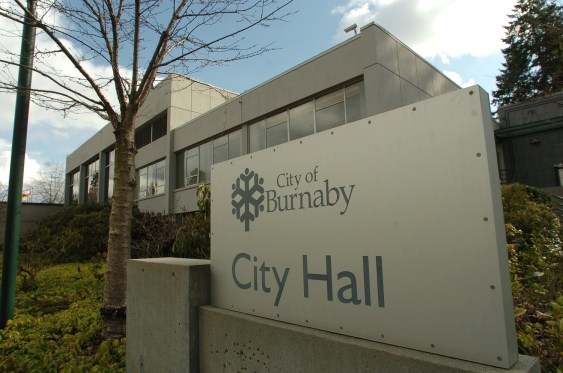Building developments are on their way to a faster approval process, as Burnaby city council approved the consideration of delegating minor development approvals to staff.
Council reviewed a report on the province's Bill 26, which is intended to eliminate barriers to development approvals, so housing can be built faster. The bill passed last November.
The changes include removing public hearing requirements for zoning amendment bylaws that are consistent with a city’s Official Community Plan, allowing staff to decide on “minor” development variances and enabling local governments to determine new methods for public notice.
The province’s review of the development approval process found that public hearings are an ineffective means of public engagement for zoning amendment bylaws.
This is in part due to the hearing format, which doesn't provide opportunity for discussion, and because public hearings occur later in the approval process which makes it difficult to incorporate changes to the proposal.
The review also found that public hearings may not reflect concerns of people most affected by the development, as they may not attend the hearings.
In Burnaby, public hearings are required for all zoning amendment bylaws in order to gauge community support for a development and hear those affected.
The bill also allows local governments to delegate power to staff to issue what are called “minor development variance permits” or DVPs – though council must define a “minor variance.” The delegation is intended to reduce application processing time.
Local governments may also publish notice of zoning changes in publications other than a newspaper, though acceptable alternatives are not defined. It could include online and radio advertising and direct mailing.
With online platforms becoming a dominant method of communication, and the higher cost of publishing notices in newspapers, the City of Burnaby is reviewing these alternate methods of public notice.
A later motion by Coun. Colleen Jordan to change the standard of mailed notices from 30 metres to 90 metres was referred back to staff, to be included in the city’s own ongoing development review process.



